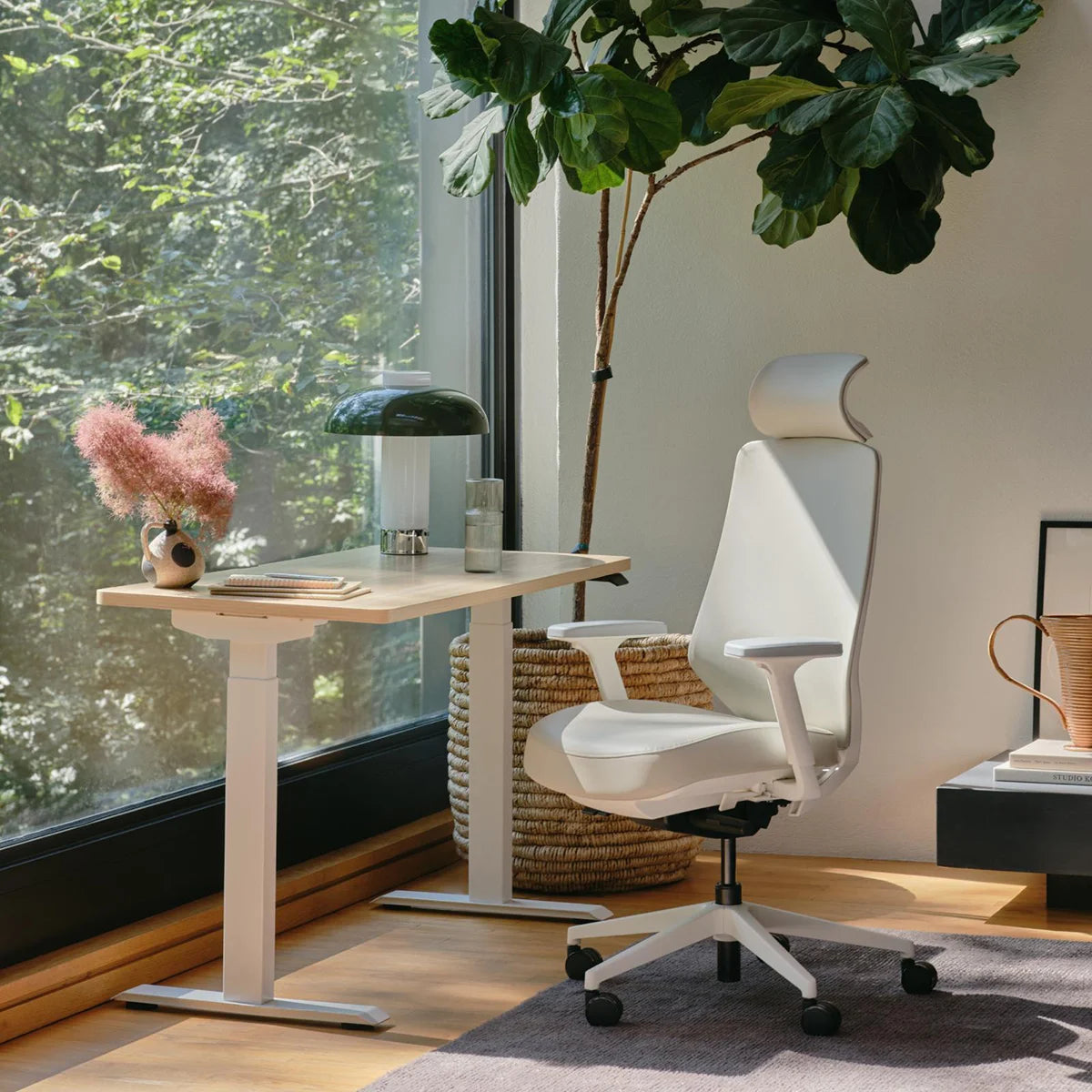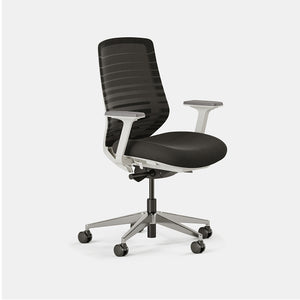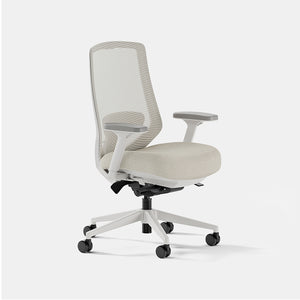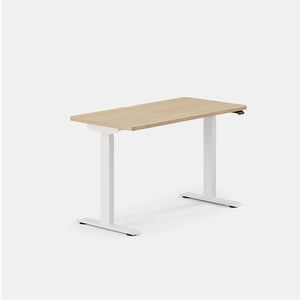The Health Benefits of Ergonomics
The value derived from implementing ergonomic practices in the workplace is clear. Beyond creating a more comfortable work environment, studies have shown that companies that incorporate ergonomic solutions not only boost employee productivity, but also decrease health costs in the long term.
The Occupational Safety and Health Administration (OSHA) reports that musculoskeletal disorders (MSD) – such as carpal tunnel syndrome, muscle strains, and low back injuries – are among the most frequent causes of lost or reduced work time. In 2013 alone, the Bureau of Labor Statistics found that MSD cases accounted for 33% of all worker injury and illness cases.
However, the OSHA notes that many of these MSDs can be avoided by implementing proper ergonomic solutions. Additionally, doing so can increase employee morale, satisfaction, and efficiency while reducing worker’s compensation costs, turnover, and absenteeism.
How to Incorporate Ergonomic Solutions
Ergonomic Chairs
One of the easiest ways to incorporate ergonomic best practices in your office is using an ergonomically certified office chair. Besides being more comfortable than the standard office chair, they’re also healthier over the long term.
Ergonomic office chairs work by reducing stress and tension on your joints, muscles, ligaments and nerves. They also help to support a healthy posture and reduce back, shoulder, and neck pain. By using an ergonomic chair, you’re less likely to develop health issues such as a strained back or carpal tunnel syndrome, which means you’ll be more productive at work.
As people come in all shapes and sizes, one of the benefits of ergonomic chairs is that they’re highly customizable. Here are some of the features you should be looking for in an ergonomic office chairs, with tips on how to adjust them accordingly from a certified ergonomist.
-
- Seat height: Adjust your office chair height so that your knees are bent at a 90 degree angle. For most people, this means that when you stand next to your chair, the top of the seat cushion is at the height of your kneecap.
- Seat depth: Your seat depth should allow for about two inches of space between the front edge of the seat and the back of your calf. While most people will be comfortable with the chair’s standard setting, taller employees with longer legs will find more comfort with a fully extended seat that has been pulled out, while employees with shorter legs will prefer to have their seat snug with the back of the chair.
- Armrest height: Aim for an armrest height that allows your elbows to bend at a 90 degree angle, and ensure that your armrests are set low enough that they fit underneath your desk: sitting too far from your desk and computer screen promotes slouching.
- Armrest depth: Taller employees will find it helpful to extend the position of their armrests, while shorter employees will find it more comfortable to their furthest position.
- Lumbar support: The lumbar support mechanism should support the small of your back – meaning the area just above your tailbone.
- Back angle: Ergonomic chairs are built to provide you with the best working posture when the back angle is at a 90 degree angle. Working from a reclined position is not recommended.
Computer Monitor
You probably spend the majority of your time working on a computer, so it’s important to follow ergonomic guidelines when using one. Doing so can help prevent eye strain and decreases the risk of developing a musculoskeletal disorder from improper posture.
Here are some tips to follow when using your computer at work.
-
- Mount your monitor: If possible, mount your computer monitor about an arm’s length away from you. Ideally, the monitor arm allows for height, depth, and rotation adjustability.
- Avoid ‘tech neck’: Position the monitor directly in front of you at arm’s distance to avoid protracting the neck to view your screen. The topmost portion of the screen should be just slightly below eye level to keep your neck in neutral posture.
- Manage multiple screens: When using two or more monitors, align them based on the frequency of use. If you split your attention 50:50 between screens, align them symmetrically. If the split is 80:20, place the screen that is used more often directly in front of you and place the other monitor directly adjacent for easy viewing.
- Combat eye strain: Align the monitor perpendicular to a light source when possible to reduce glare. Check your display settings, as most retina displays will automatically adjust screen brightness in response to the ambient light level in your environment.
Standing Desks
Swapping out your office desk for a standing desk might be a little more work than shifting to an ergonomic office chair, but if you can, it’s a worthwhile investment.
Research has found that the average American sits for 13 hours a day, which means that in addition to sleeping for 8 hours, we spend about 21 hours a day in a sedentary position. While the scientific community is still debating the potential harms of sitting that much, there are certainly many benefits to standing.
Common benefits of standing more throughout the day include: increased circulation and energy, improved productivity, mood, and heart health, and decreased risk for cancer, cardiovascular disease, and early mortality.
If you’re not able to use a standing desk, it’s still important to take breaks throughout the day – even if it’s just for a few minutes. If you do use a standing desk, here are some ergonomic tips to follow.
-
- Determine the right height: Stand with your arms straight at your sides – the desk height should be level with the front of your elbows so that the forearms and wrists are in neutral posture while working.
- Support for shoulders, arms & wrists: Your shoulders should be relaxed with your arms directly at your sides and elbows comfortably flexed near 90°. Your forearms should be parallel to the floor, or sloping slightly downward with wrists in a neutral position and palms supported on a cushioned surface while using your keyboard.
- Support your joints: Use an anti-fatigue mat under your feet while standing at your desk to support your spine, hips, knees, ankles and feet.
Conclusion
Implementing ergonomic best practices in your office is both an easy and practical investment, as it will likely decrease your risk of facing musculoskeletal disorders later in your life. You’ll also be more productive at work when you’re overall more comfortable, which is just another reason why ergonomics is so valuable.
Besides for the tips mentioned above, we also recommend working with an ergonomist to develop a better sense of your posture and learn how to adapt the work environment to your specific stature to stay healthy. Additionally, using rest break apps and posture sensors provide useful reminders to check in with your body.
Bonus tip: To prevent eye strain, follow the follow the “20/20/20 rule” - every 20 minutes, shut your eyes for a few seconds, then look 20 feet in the distance and hold your gaze for 20 seconds.














